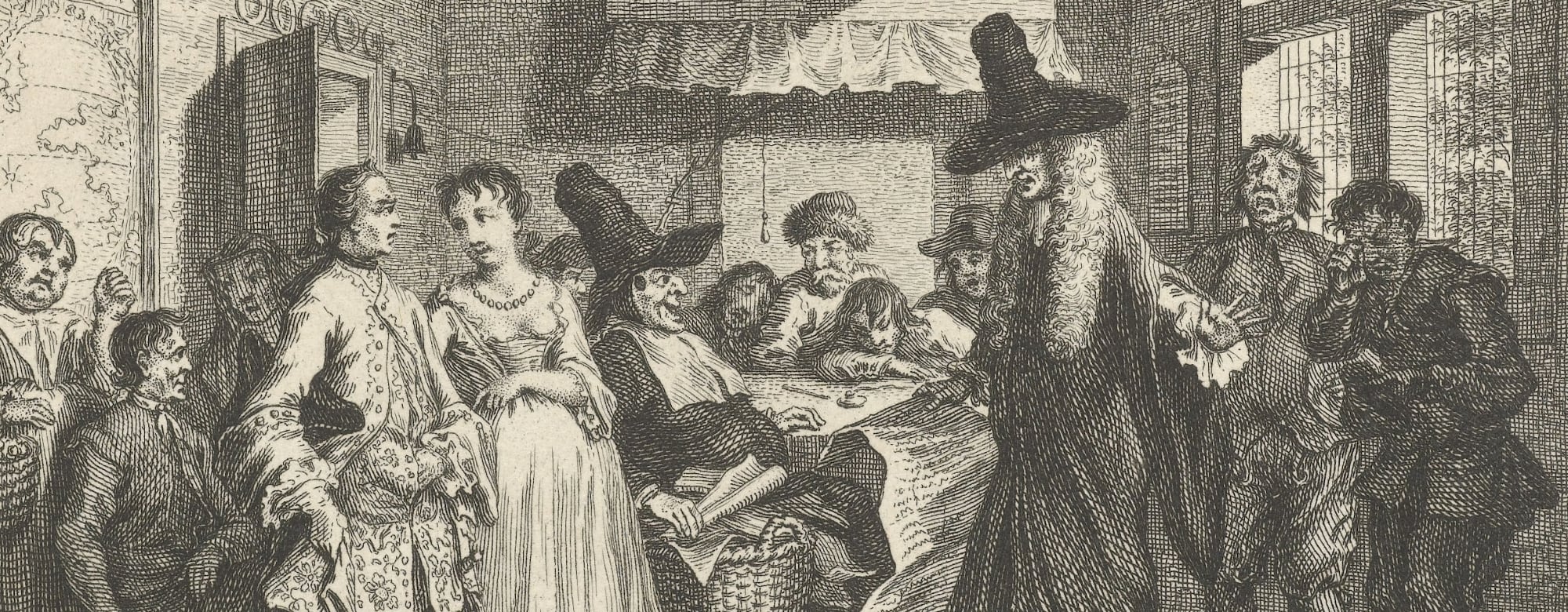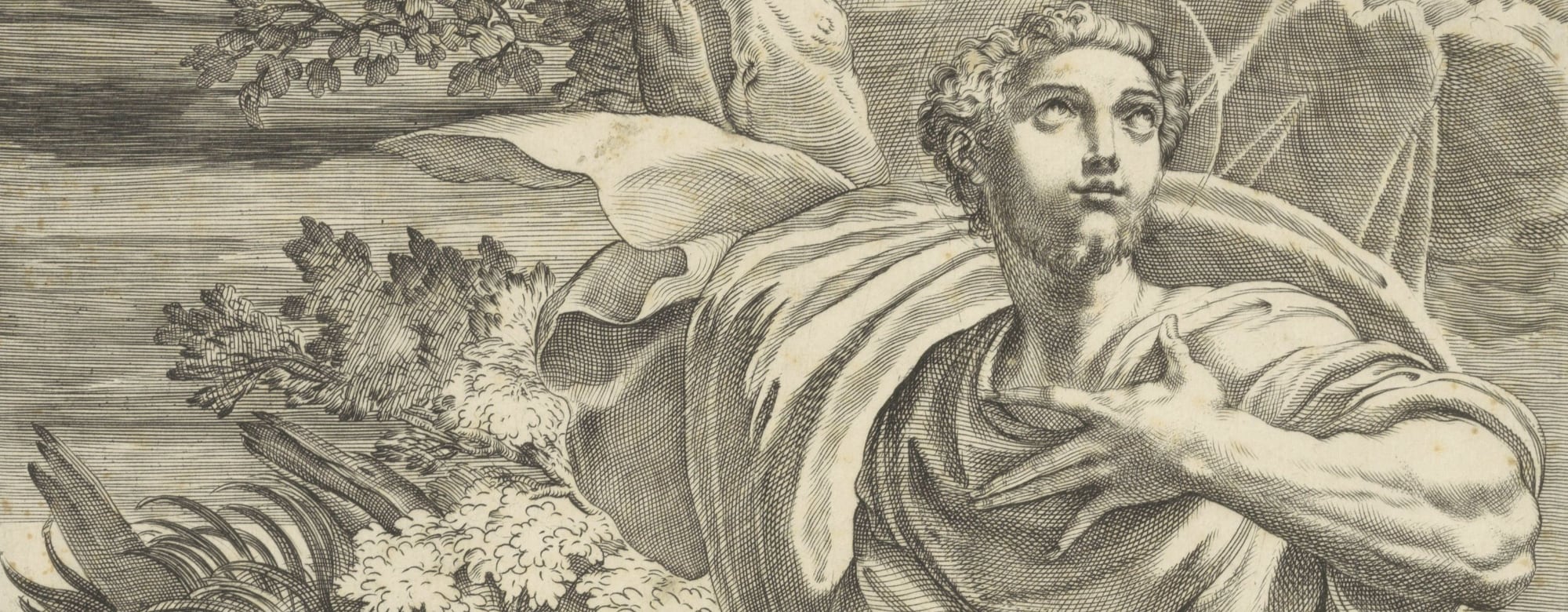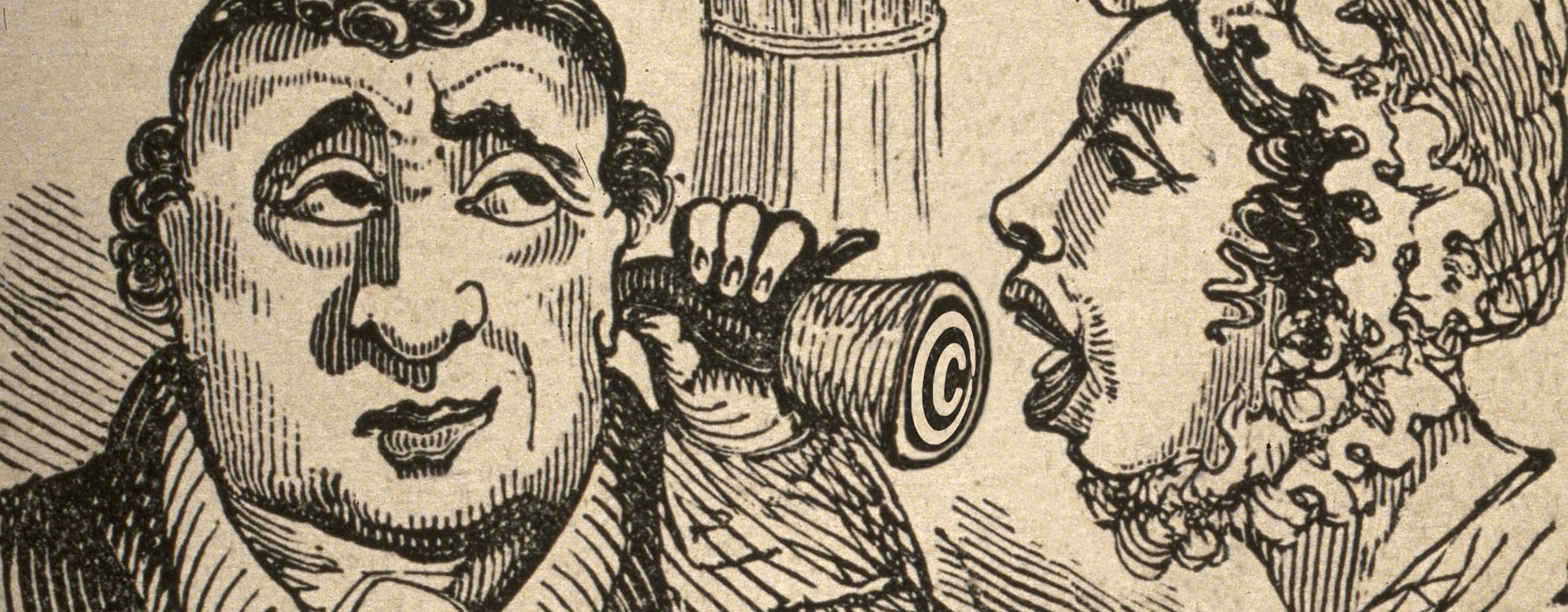CJEU hearing in the Polish challenge to Article 17: Not even the supporters of the provision agree on how it should work
On Tuesday, November 10, the Court of Justice of the European Union (CJEU) heard case C-401/19. This case is a request by the Polish government to annul the filtering obligation contained in Article 17 of the Copyright in the Digital Single Market (DSM) Directive on the grounds that it will lead to censorship and will […]








